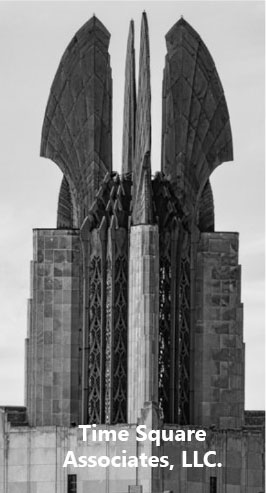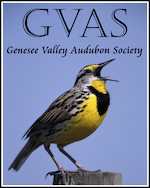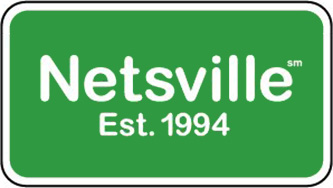Believe it or not, falcon watching is serious business. Our volunteers make it look easy, but there’s a lot to think about when the binoculars and scopes, field guides and notebooks come out. In the city a watcher needs to keep in mind all the potential hazards of urban life, while still searching for a bird that may be hidden in a shadow, tucked into a building’s decorative cornice, or circling high overhead emerging into the brief stretches of blue sky framed by high-rise offices. Putting aside the challenges of a city, watching falcons begins as it does with watching any bird. The American Birding Association publishes its Birding Code of Ethics. Our local falcon watchers are expected to follow this code, but that’s only the beginning of their responsibility.
Because Peregrines are endangered in New York, observers need to take extra care to ensure that the falcons aren’t disturbed or otherwise stressed unnecessarily. To help keep everyone on the straight and narrow when it comes to watching the falcons, the New York State Dept. of Environmental Conservation has provided some advice that we’ve incorporated into our best practices.
Our first concern is always the welfare of the falcons we’re watching. As much as everyone would like to get up close and personal with a Peregrine (okay, maybe not everyone would like to!), the rule of the day is to watch without impacting the falcons. That means avoiding loud noises and keeping your distance. How close is too close? Well, the best advice is that if your presence causes the falcon to look at you, vocalize, or change its behavior, you’re too close. Despite our friendly intentions, a falcon sees us humans as potential threats. By looking at them we can increase that threat response.
Position is also important. It’s better to observe from below a falcon rather than above. Falcons and other birds of prey don’t like activity above them. You may recall that’s one of the reasons DEC didn’t place a nest box on the Four Seasons building; the proposed site for a box was below an office with lots of windows where the movement of people inside could have been seen by the falcons. Even better is to observe them from behind cover. If they can’t see you, the chance of unduly stressing them is minimized. New pairs can be especially sensitive to disturbance while establishing a new nesting area. Too much human activity can prevent them from settling down and successfully raising young.
Watching falcons or other protected species like eagles can actually have legal ramifications, as they are protected by both state and federal laws. In New York State, you should not get closer than 350 feet (about 100 meters) to an active eagle’s nest. There’s no set distance for falcons, but the guidance about not disturbing them is based on the NYS environmental law, which considers harassing a protected species to be the same as injuring or killing one. That’s serious business.
Watching in an urban environment brings its own set of challenges. Tall buildings may limit a watcher’s ability to see a falcon or follow its flight. Many times the falcons nest or perch on private property, so it’s important to get permission from the property owners before setting up shop with scopes, cameras, lounge chairs and cool drinks. One advantage of watching in the city is that you can often find cover. Watching from behind the corner of an adjacent building or even from a parked car can help to hide a watcher from the object of their attention.
When the fledglings begin to fly watchers in the city need to be aware of traffic on busy city streets in addition to all of the concerns we’ve already talked about. The personal safety of the watchers is important too. Watching in groups not only provides greater security, but it has other benefits as well. Members of the public often ask, “whatchalookinat?” It’s a great opportunity to educate the public about the Peregrines. Having multiple watchers means we can keep an eye on the falcons while explaining to passersby what’s going on. It also means there’s usually a pair of binoculars that can be lent, or a scope through which to get a good look at a perching falcon. Watching in a group also allows the watchers to cover a wider area. That’s important if a fledgling disappears and needs to be found. In those cases, 2-way radios and cell phones are useful tools to keep everyone up to date about what’s going on.
We don’t yet know what 2009 will bring in terms of fledging activity, but Rochester’s volunteer falcon watchers are already adapting to an environment that’s a lot different than the one they’ve been used to for the past decade. Gone are the open skies near Kodak and the High Falls gorge. Now it’s busy city streets and skyscrapers on every side. Adjusting to this new reality while keeping the falcons safe and not disturbing our new pair will be a challenge but our team of seasoned watchers is up to the task. With guidance from the DEC and our customary care for the Peregrines’ welfare, we’re confident that we’ll have another successful year of falcon watching here in Rochester.


